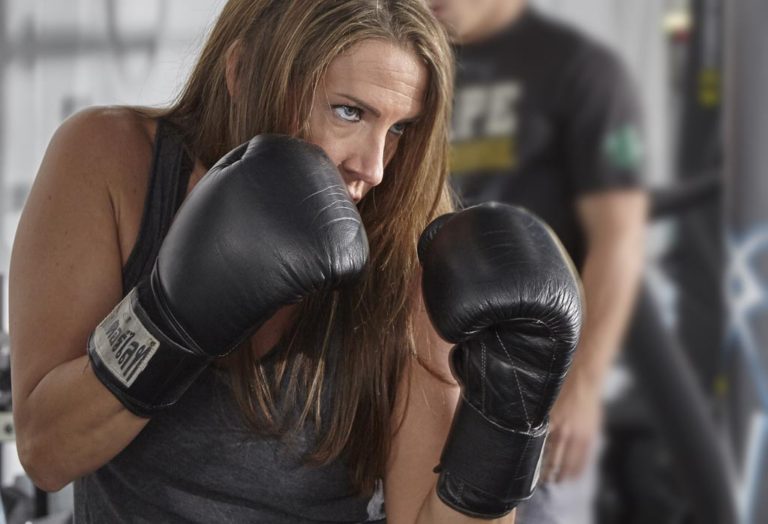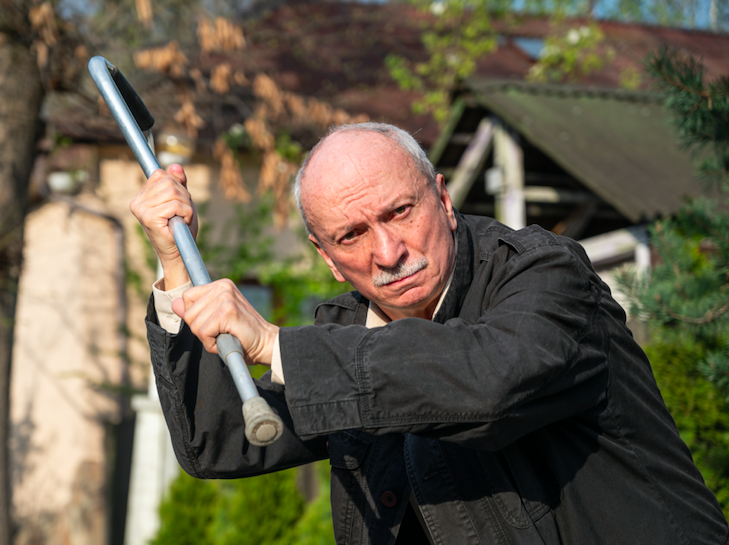Self-defense is a study not just of deconstructing a violent action and finding appropriate physical countermeasures, it is also learning what your body will and will not do during a time of stress and duress.
When learning the various techniques taught in a self-defense class, drill work is commonly used to build the muscle memory required to successfully accomplish any given objective. Common practice is to start an individual drill at a very slow pace so that all individual actions in the technique are understood, and only after it’s understood, is speed and non-compliance applied. The more repetition of the drill, the better the body understands the mechanics of the moment and, consequently, the better defended you are.
What students fail to realize is that being in the comfort and safety of a dojo or studio does not necessarily translate into what will happen in an actual violent moment on the streets. From the moment we are approached by potential violent aggressor, our bodies change. Adrenaline hits our system, and our bodies start to morph: tunnel vision, audio exclusion and fine motor attrition all start to take place within 15 seconds.
Suddenly, all the well-honed skills that we picked up on the mats are not as readily accessible because we must deal with a degraded physical capability. That is not to say that the techniques learned are not achievable, but it underscores why the amount of repetition required to ensure success during compromised physical states is so important.
Another consideration is that our physical bodies will shift daily based on a number of common factors: hunger, allergies, headaches, sleepiness and even alcohol. These are all aspects of our lives which can and will affect the performance of any individual technique.
Again, the need to repeat techniques taught in class is paramount. As the old expression goes, “don’t practice until you get it right, practice until you can’t get it wrong!”
Krav Maga works off a platform built on the assumption that you are the smaller, weaker, and slower person in the fight. The need to perform at a high level is reduced based on having a more intuitive and simpler format of movement. Having said that, repetition and consistency of drilling helps guarantee the best possible outcome during a violent encounter.
The goal of any self-defense course is to empower you with not just physical skills but the confidence to accomplish them in time of need. Just keep in mind that your body will not be the same in crisis for any number of reasons. Train often and ensure you are training with someone that gives you options to succeed regardless of your bodily state.




